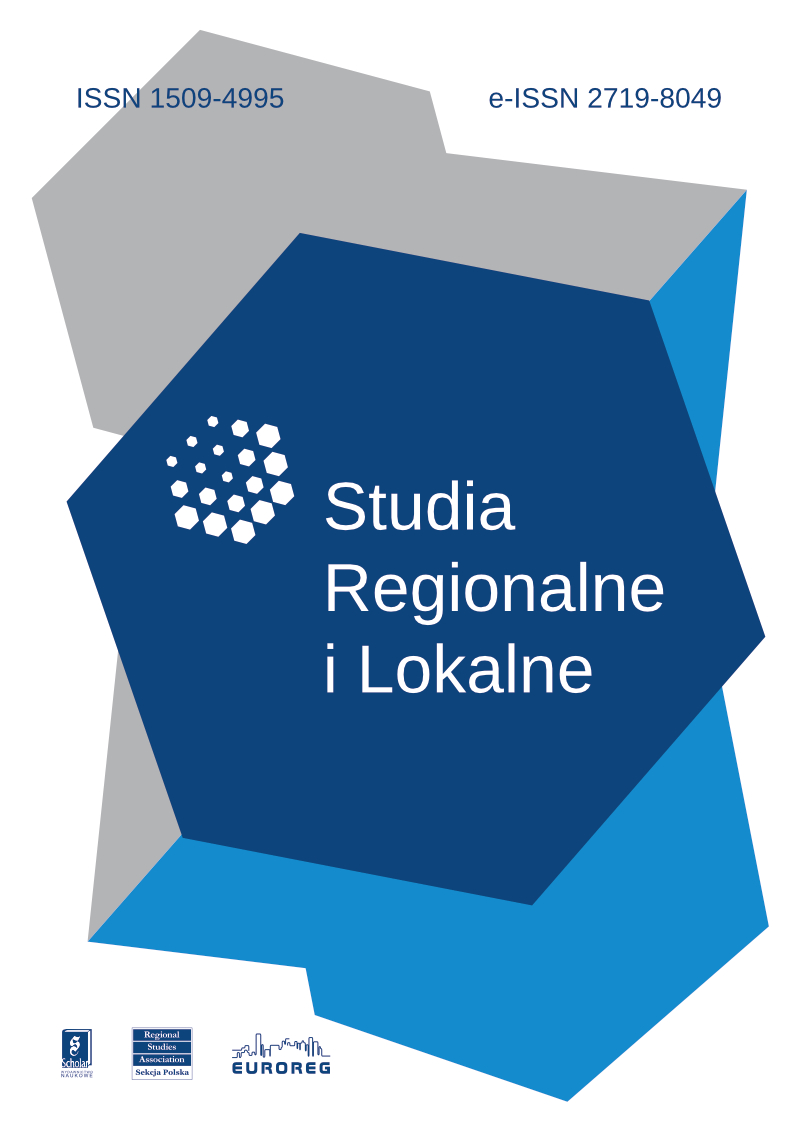Segregacja obcych ciał: porządek i wykluczenie
Autorka tego eseju poszukuje relacji między fragmentacją, segregacją i rekonstrukcją porządku w mieście. Aczkolwiek metafory zwartości są na ogół stosowane w odniesieniu do przeszłości, a fragmentacji do teraźniejszości, to sfragmentaryzowne miasto współistnieje dzisiaj z innym obrazem miasta – nostalgicznym miastem przedstawianym jako żywe ciało. Trudno byłoby ujmować to doświadczenie przy pomocy prostego przeciwstawienia prawdziwego doświadczenia fałszywemu; różnica tkwi bowiem w samej idei „dobrego życia” wprowadzonej przez Arystotelesa. Analizując pojęcie somatografii wprowadzone przez Edwarda Soję, uzasadnia się, dlaczego w wieku technologii informatycznych, mobilności i kultury konsumpcyjnej takie metafory miasta jak podzielone, martwe ciało oraz żyjące ciało stają się ważniejsze niż kiedykolwiek. Akty różnicowania, separacji i segregacji są ufundowane bowiem zarówno na miejskiej somatofobii, jak miejskiej somatofilii. Pytanie postawione w tym eseju dotyczy zatem sposobu rekonstrukcji miejskiego porządku w pierwszym sensie oraz rewitalizacji przestrzeni miejskiej – w drugim.
Segregation of Alien Bodies: The Order and Exclusion
In this essay the author explores the relation between fragmentation, segregation, and reconstitution of urban order. Although metaphors of cohesiveness are usually applied to the past, and fragmentations to the present, nevertheless the city of fragmentations coexists recently with another image of the city – a nostalgic city of lived body. It will be hard to speak in simple notions of true and false experience here; the difference is in the very idea of Aristotelian “the good life”. Dealing with Edward Soja’s concept of somatography she will argue that in an age of informational technologies, mobility, and consumer culture, such old metaphors like city as a fragmented dead body and city as a lived body are more important than ever. Acts of differentiation, separation, and segregations are based both on urban somatophobia and urban somatophilia. The question to be asked here is what is reconstitution of urban order in the first sense, or revitalisation of city space in the second.



